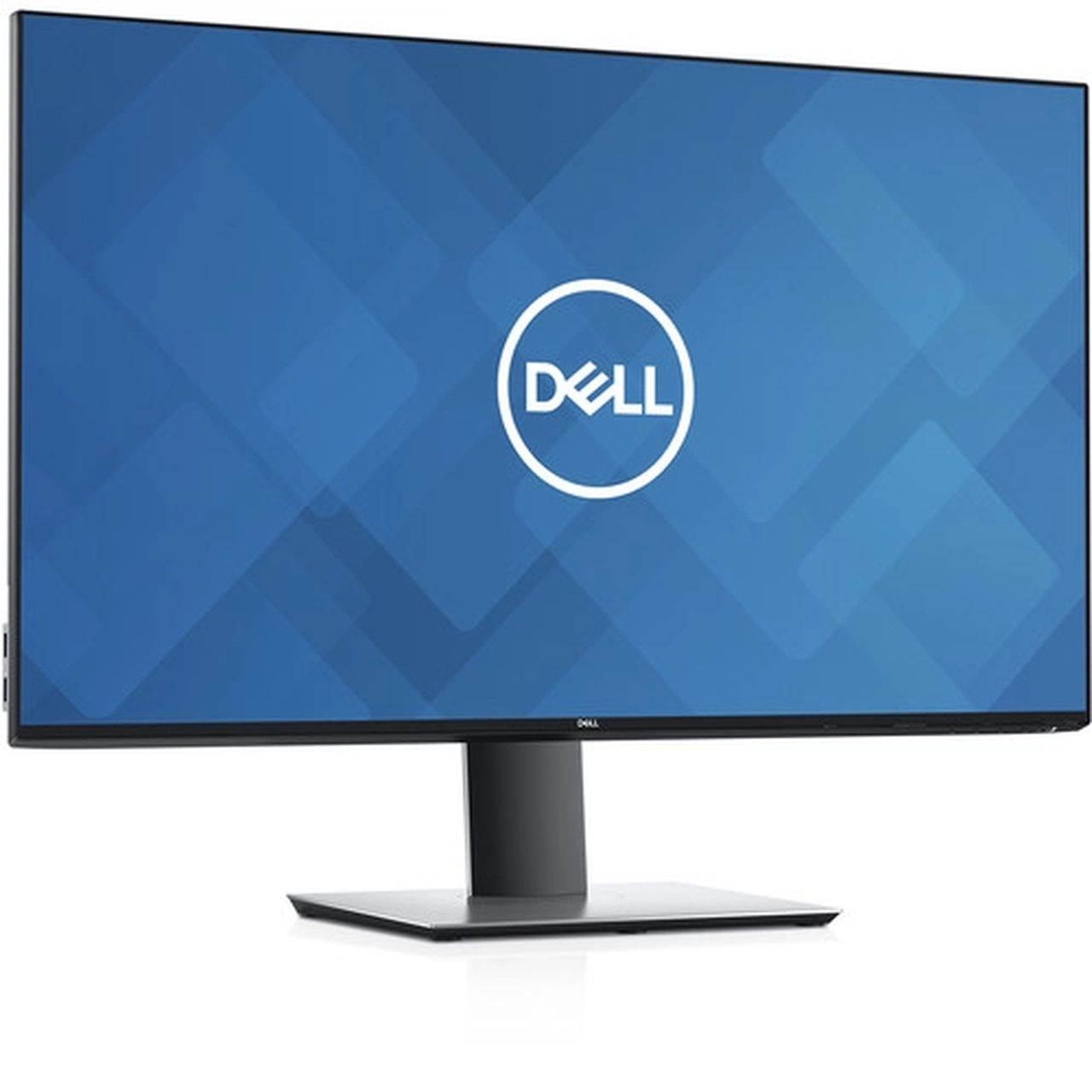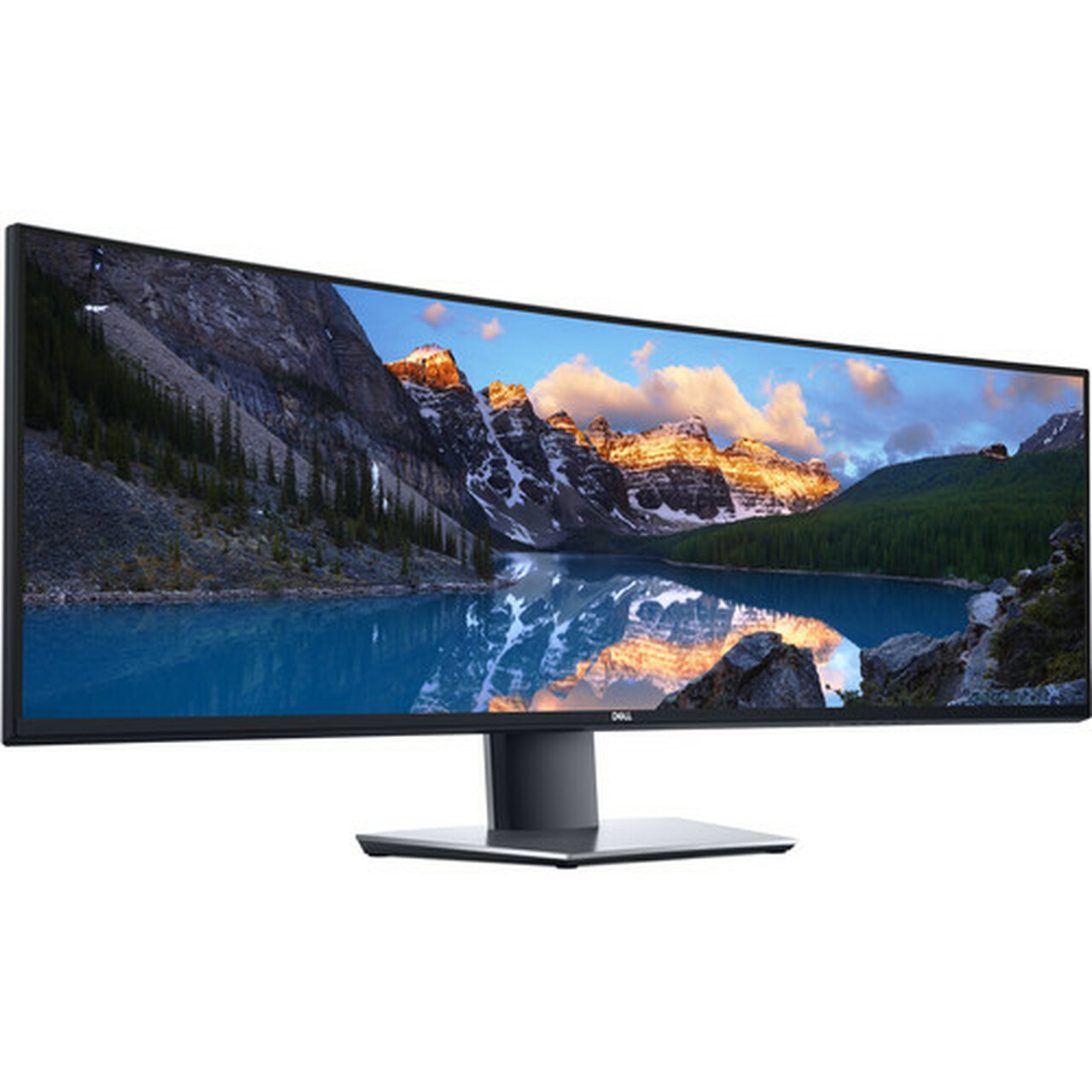Dell Monitors for Video Editing
Posted by Ayo Olasupo on 22nd Dec 2021

A good monitor is essential for video editing. With so many options available, the choice can feel overwhelming. Anyone new to buying a quality monitor may struggle to even begin. Some factors are crucial when evaluating a monitor for your video editing. Obviously, to make the best video possible it’s essential that you edit on the best monitor possible.
Resolution and size are probably the first factors you will look for. Resolution is constantly thrown around these days as an important spec in myriad different products. Resolution, however, is a double-edged sword. The combination of resolution and screen size create pixel density, determining the performance of each individual on the screen. You want to find the pixel density sweet spot - the spot where the screen’s resolution is ideal for its size. Packing more resolution into a smaller screen may increase detail because of the smaller pixels, but it will also weaken color transitions because the pixels can’t render smooth tonal progressions when they’re too small. For example, a 24 inch monitor is the ideal size for 4K resolution because each pixel is small enough to maximize detail, yet large enough to render smooth color gradients.
Color accuracy is vitally important. A monitor with a large color gamut will give your video consistent quality on different screens. The larger the gamut, the more colors the monitor can render and the greater its ability to edit colors accurately. Your monitor should cover at least 90% of the sRGB gamut to ensure you get the best color accuracy in your edit.
Going hand in hand with color accuracy is the panel type. There are a few panel types available in monitors and they each affect the color performance of a monitor differently. For video editing, you don’t need to know about any panel type other than IPS. IPS panel monitors provide the best color accuracy, color consistency, and monitor viewing angles. IPS screens are ideal for working with colors while editing and are the only panels even worth worrying about for video editing.
Other factors such as aspect ratio and brightness are more a matter of personal preference when looking for a monitor. The ratio in which you want to view your footage is really up to you. Each of us will have our own preference, so choose the one that fits your creative vision best. Each monitor will also have different brightness capabilities.Choose the one that can give you the brightness level you prefer. The standard, and minimum you should look for, is a brightness capability of 250 cd/m2.Any monitor of that ability is of the caliber an aspiring videographer needs.
- Tilt and Swivel capability plus height adjustment
- USB-C Charging Station
Dell 24” U2419H Ultrasharp LCD Monitor
- IPS panels
- 1080p
- 16.7 million colors
Dell 31.5” U3219Q UltraSharp UHD Edge LCD Monitor
- 4K resolution
- 1.07 billion colors
- IPS panels
Dell 49” U4919DW 32:9 Curved IPS Monitor
- 1440p
- 1.07 billion colors
- IPS panels
A good monitor will vastly improve your video. It’s the final tool in making a video. The most accurate video comes from the most accurate monitor, so the quality of your video will really depend on how capable your monitor is. Without an accurate monitor, the look of your video will be a drab distraction from all the work you put in to make it. Your monitor is a tool just as important as your camera. Take as much care choosing it as you do any of your other gear and you’ll find yourself among the pros sooner than you ever imagined.





